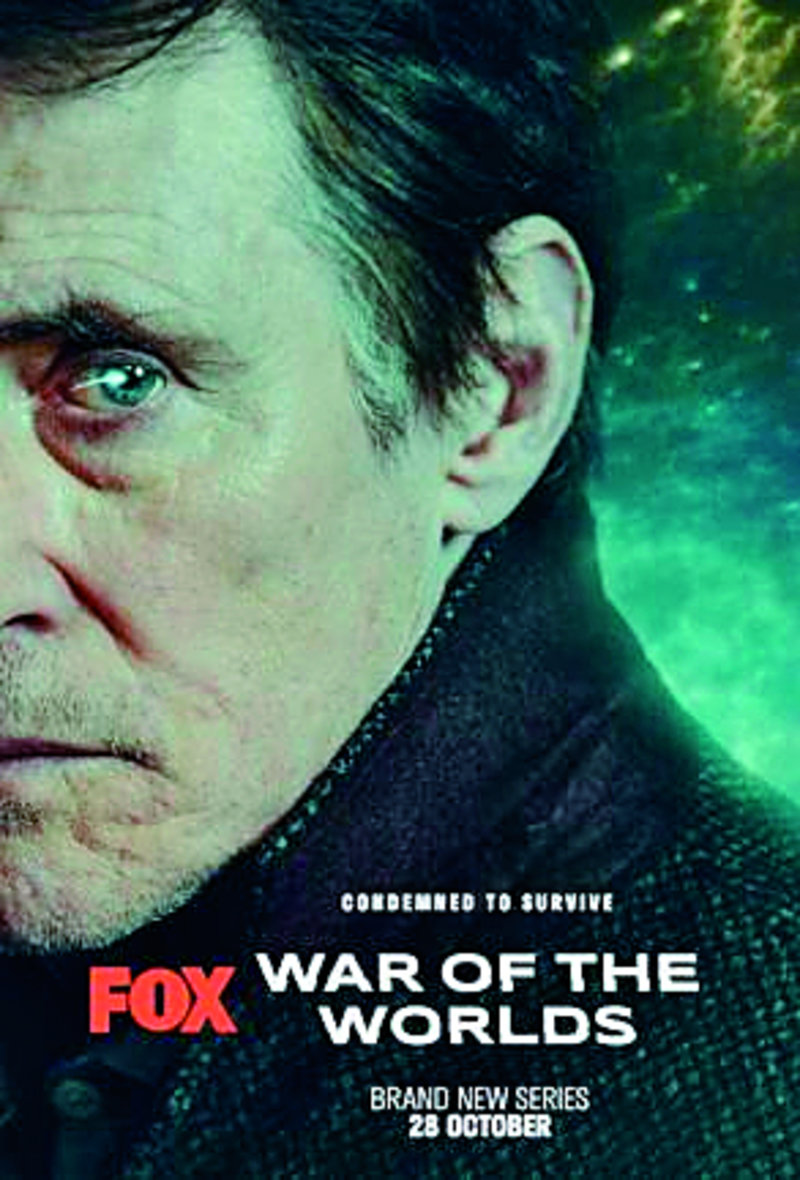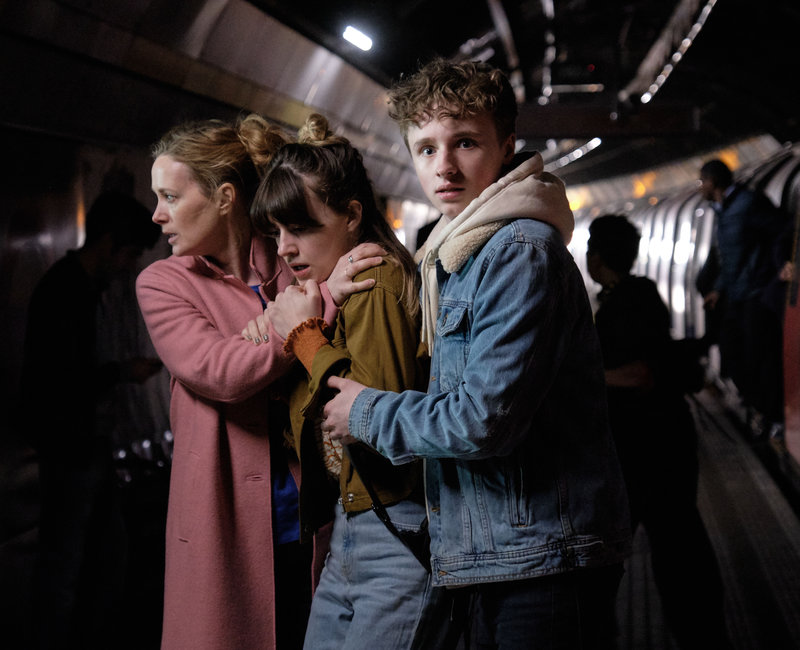The WORLD is coming to an end
A change of decade (not to mention a change of century or millenium) always tends to bring with it a sense of doom, perhaps because looking back inevitably invites looking ahead, and the future is generally foggy and uncertain. Now that we have just gone from the 21st century’s teen years into its twenties, two apocalyptic series have landed on our television screens that are both based on the classic novel, War of the Worlds, by H.G. Wells, which was originally published in 1898 and introduced the alien invasion genre.
It is the same novel that Orson Welles brought to US radio in 1938 with such realism that it created chaos and panic among some listeners in New Jersey and New York who believed the story was describing real events. The two series can be seen on the Movistar channel under the same title, something that could create some confusion among inattentive viewers, although the setting of each is very different.
The one that most faithfully sticks to Wells’ book is produced by the BBC, a three-episode mini-series with Rafe Spall and Eleanor Tomlinson (who plays Demelza in Poldark) in the lead roles. It recreates the end of the Victorian era, while introducing some new elements, such as the leading couple, which before facing the alien horror have to confront the rejection of a puritanical society because they are not married. Yet, the most famous elements of the story recounting the Martian invasion of planet Earth are all there, such as the giant tripod machines and their death rays. However, the series does not abuse digital special effects, and most of the action scenes are filmed in real spaces, such as a wood that is home to an endangered species of squirrel that the series’ makers had to get special permission to shoot in.
Meanwhile, the series from the Fox channel is a British, American and French co-production that is set in contemporary times. This series does not overdo the special effects either, and it focuses mainly on the relationships between the main characters who survive the first alien attack. It has an expansive cast, headed by Gabriel Byrne and Elizabeth McGovern (who played the mother in Downton Abbey), as well as French actress Léa Drucker (the psychologist of spies in The Bureau).
The action takes place between London, Paris and the French Alps, where the facilities that pick up the first alien signals are located. In this version of the tale, the invading aliens deploy a type of deadly mechanical quadruped that looks something like the killer dogs that appear in one of the more terrifying episodes of Black Mirror (“Metalhead”), and whose mission is to liquidate the survivors of the attack. “Why do they want to kill us?” asks one of the characters at one point. “Perhaps for the same reason we kill each other. Perhaps because they like it,” another responds.
In short, both TV series are faithful to the spirit of Wells’ novel, a humanist and pacifist who aimed to condemn war and especially the colonial conflicts caused by the spread of the British Empire.
tv series




